New Zealand’s largest export industry is dairy produce, which comes from about 11,000 farms, with about 400 cows each. Most cows calve in July, August, September, and are milked for about 270 days on average.
Over this time, they produce on average 4,300 litres per year per cow, with the most valuable components being milk fat (~220kg/yr.cow) and milk protein (~170 kg/yr.cow).
Together, milk fat and protein make up milksolids (fat plus protein), not to be confused with milk solids (two words) which is all non-water components of milk, primarily the fat protein, lactose and minerals.
Knowing milk production at an individual cow level is useful for two main reasons; farmer decisions (e.g. do I keep this cow? is there a health issue?), and for industry animal evaluation (e.g. how well are the genetics of this animal performing?).
Traditionally, most milk production information is gathered through a herd testing process, where companies like LIC and CRV provide devices to the farm for 24 hours to measure volumes and components at the milking events (mostly once or twice in a 24 hour period).
This is usually repeated 3 or 4 times per year across 80% of dairy farms in NZ. The timing of these tests is carefully spaced to cover the lactation period.
An alternative to measure milk production is to use milk meter technologies that can be permanently installed in a dairy milking parlour (Online Milk Analysers - OMA).
However, these technologies come at a cost, and so farmers often consider having less milk meters than there are milking points.
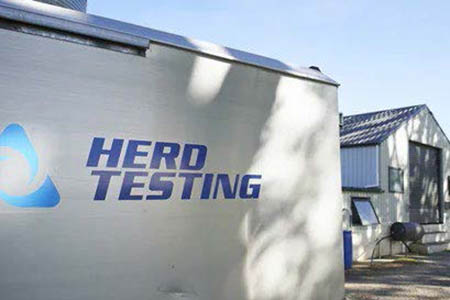
Herd testing
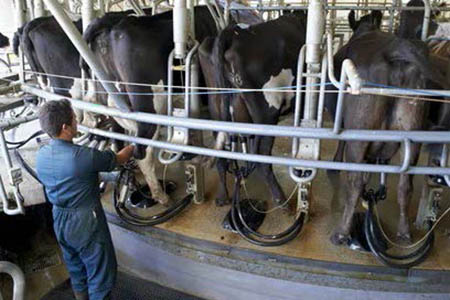
Milking parlour
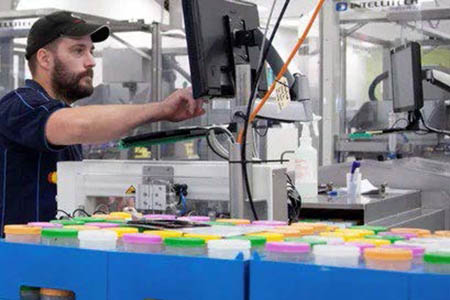
Samples being tested
Objectives
There are two main types of milking parlour, a herringbone and a rotary. Common sizes for a herringbone are between 20 and 40 cows per side, and rotary dairies between 40 and 60 cows on the platform.
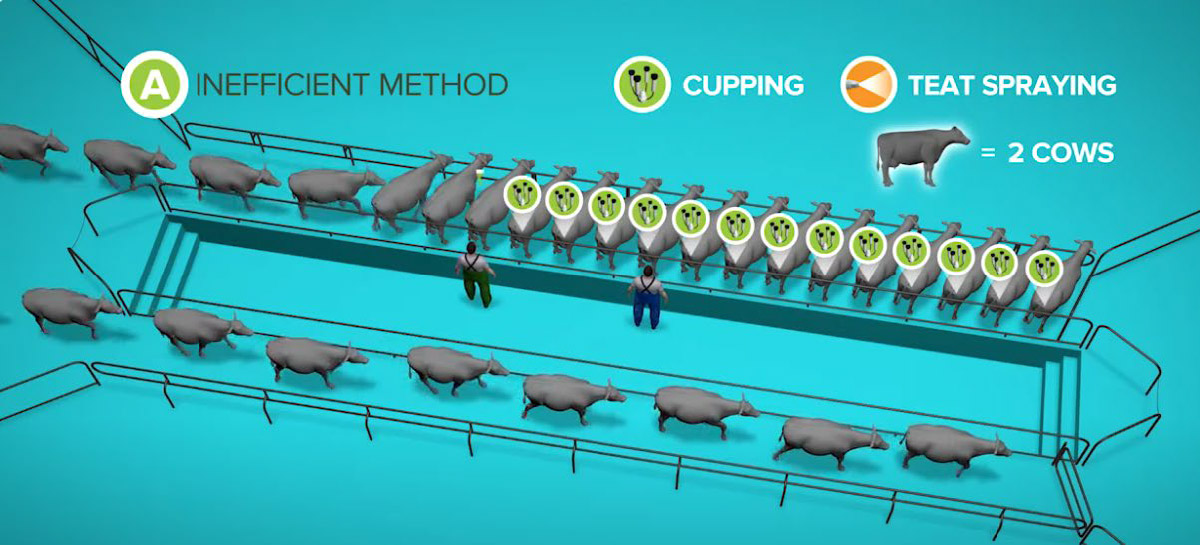 Herringbone parlour
Herringbone parlour
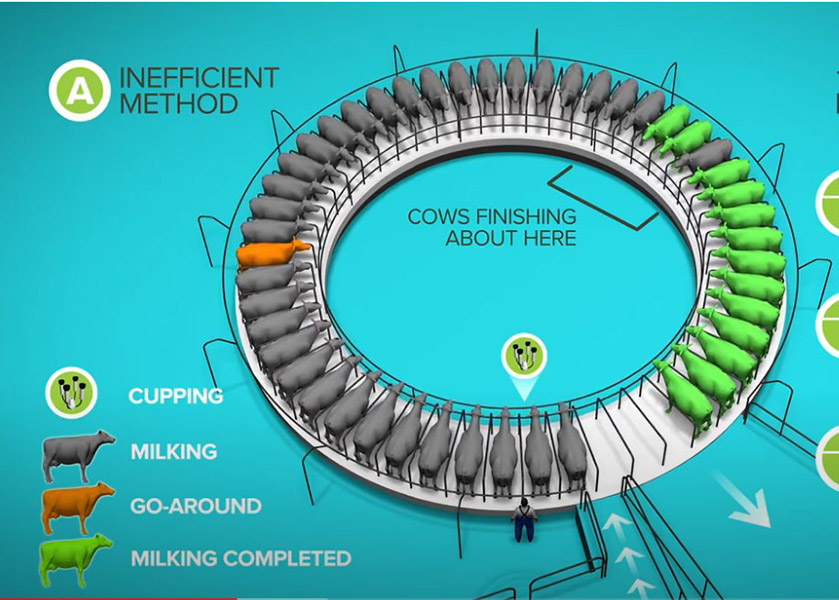 Rotary parlour
Rotary parlour
Assuming the OMA is as accurate as traditional measurement devices for a single measurement, how few devices could be installed in a rotary and herringbone milking parlour, to generate animal level estimates for the last week, month, or year of similar accuracy to the traditional herd test?
How would the number of devices change if the OM had half the accuracy of the traditional milk meter?
Data
- Cow unique identifier and milking order – Herringbone parlour
- Cow unique identifier and milking order – Rotary parlour
- Cow unique identifier and milking level milk components data, two production seasons (Herd Testing Regime Report AB Dataset)
